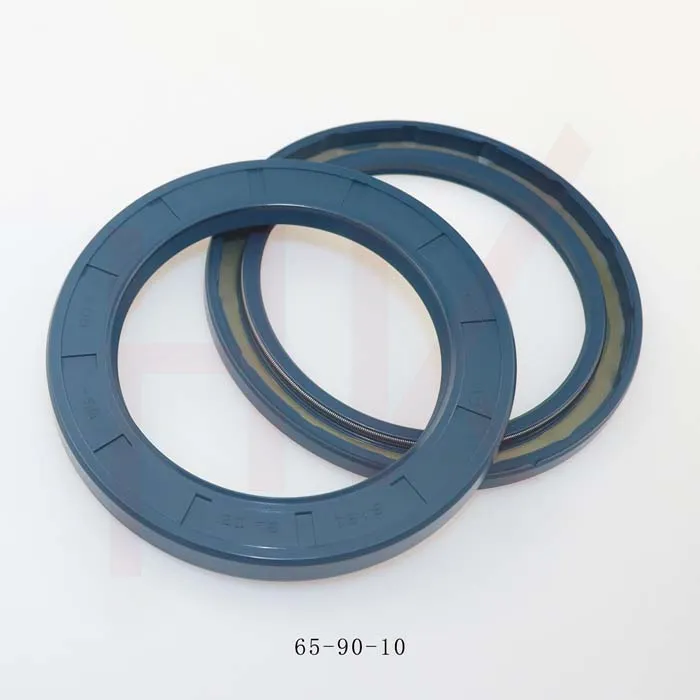اکتبر . 07, 2024 11:49 Back to list
oil seal for motor
Understanding Oil Seals for Motors Essential Components for Performance and Longevity
Oil seals, also known as shaft seals or radial seals, play a crucial role in the proper functioning of motors. These components are designed to prevent the leakage of lubricants from the motor, ensuring that mechanical parts operate efficiently and without excess wear. A deeper understanding of oil seals for motors reveals their importance and the factors to consider when selecting the right seal.
What Are Oil Seals?
Oil seals are mechanical devices used in various machines, particularly motors, to retain lubricant and exclude contaminants. Typically made from rubber or elastomeric materials, oil seals are engineered to fit tightly around rotating shafts. This tight fit prevents oil leakage while simultaneously protecting internal components from dirt, dust, and other environmental contaminants that can cause wear and tear.
Importance of Oil Seals in Motors
In motors, oil seals serve several important functions. First and foremost, they ensure that the lubricant remains within the engine or gearbox, allowing for smooth operation between moving parts. Proper lubrication is essential for reducing friction, which helps prevent overheating and prolongs the lifespan of the motor.
Moreover, oil seals help maintain the efficiency of the motor. When oil leaks occur, the performance can diminish, leading to increased energy consumption and potentially costly repairs. Effective oil sealing maximizes the efficiency of the lubrication system, which in turn optimizes the overall performance of the motor.
Choosing the Right Oil Seal
oil seal for motor

When selecting an oil seal for a motor, several factors must be considered to ensure compatibility and effectiveness.
1. Material The material of the oil seal is critical for its performance. Common materials include nitrile rubber, fluorocarbon, and silicone, each offering different properties such as temperature resistance and chemical compatibility. It’s vital to choose a material that can withstand the specific operating conditions of the motor.
2. Size and Fit Proper sizing is essential for the oil seal's effectiveness. An incorrectly sized seal may lead to leaks or premature wear. It’s crucial to obtain the correct dimensions to ensure a snug fit around the shaft.
3. Operating Conditions The environment in which the motor operates also influences the choice of oil seal. Factors such as temperature, pressure, and exposure to chemicals should guide the selection process.
4. Seal Design The design of the oil seal can also affect its performance. For instance, some seals come with a dust lip to provide additional protection against particulate contamination, which may be necessary in harsh operating environments.
Conclusion
In conclusion, oil seals are vital components in motor performance and longevity. By preventing lubricant leaks and protecting against contaminants, they contribute significantly to the efficiency and durability of motors. To ensure optimal operation, it's essential to choose the right oil seal tailored to the specific requirements of the motor, taking into account material, size, and environmental conditions. Investing in high-quality oil seals not only enhances performance but also reduces maintenance costs and extends the life of the motor, making them an indispensable element in motor design and maintenance.
-
TCN Oil Seal Metal Ring Reinforcement for Heavy Machinery
NewsJul.25,2025
-
Rotary Lip Seal Spring-Loaded Design for High-Speed Applications
NewsJul.25,2025
-
Hydraulic Cylinder Seals Polyurethane Material for High-Impact Jobs
NewsJul.25,2025
-
High Pressure Oil Seal Polyurethane Coating Wear Resistance
NewsJul.25,2025
-
Dust Proof Seal Double Lip Design for Construction Equipment
NewsJul.25,2025
-
Hub Seal Polyurethane Wear Resistance in Agricultural Vehicles
NewsJul.25,2025
-
The Trans-formative Journey of Wheel Hub Oil Seals
NewsJun.06,2025
Products categories
















